13 Ways to Look Fit After 40

Want to look fit after 40? Your timing is perfect. Midlife is the time to move, strengthen muscles, and stretch more. Just be sure to approach your goal holistically. You will look fit after 40 if you care for all aspects of your health: mind, body, and soul. This includes focusing on nutrition and exercise of course, but also self-care, mental health, and quality of life. The happier you are in all these aspects, the healthier you will be. Prioritize yourself, and then you can take better care of others.
(How would I know? I am an ACE certified fitness professional, and also a graduate of the Institute of Integrative Nutrition, certified in health and wellness coaching. I teach Spin at least 3 days a week and personally work out at least 6-7 days a week.) It's never too late to get started and reap the benefits of physical fitness. Read on for 13 ways to look fit after 40.
Do This Workout
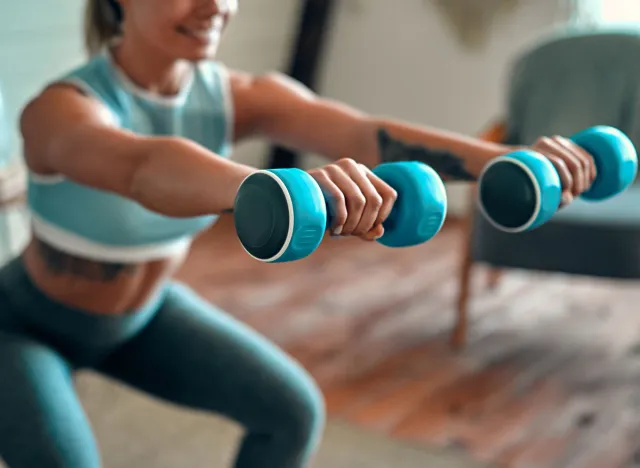
The World Health Organization and the Centers for Disease Control and Prevention (CDC) recommend at least 150 to 300 minutes of moderate exercise or 75 to 150 minutes of vigorous aerobic exercise a week for adults up to age 64. However, the first thing I would suggest if you have not been physically active is to consult your physician. Assess your physical condition.
With an okay from the doctor, I would suggest you start with 2-3 days of weight or strength training and 3-4 days of cardio for 20-30 minutes of moderate activity. Don't forget to add balance exercises and stretching at the end of a workout. The older we get we lose mobility and elasticity.
Eat Like This
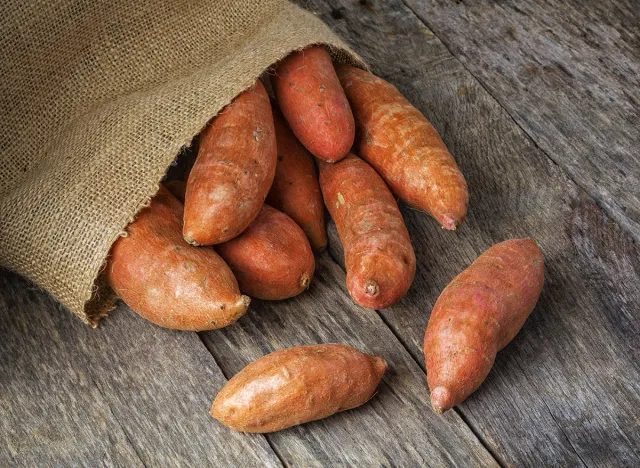
A good diet alongside a well-planned fitness program will go a long way. Step one, make sure you are drinking plenty of water. Eat a balanced diet. All food groups are your friends. Don't eliminate carbs; eat healthy carbs like oats, sweet potatoes, and brown rice. Carbohydrates are fuel, so limit them at bedtime and eat them after your workout. Be sure to eat plenty of protein and lots of veggies and fruit.
Create a Routine
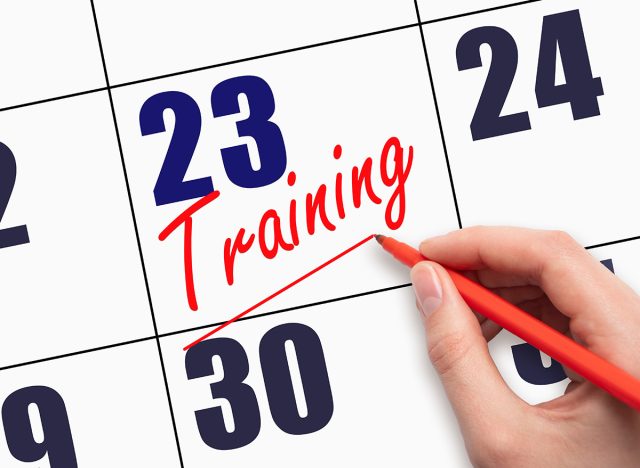
Create a routine and stick with it. If you commit to fitness, it becomes more of a hobby than a chore. You will make friends where you workout (especially if you have a routine and go at the same time every day, you see the same people) and begin to enjoy the time you spend there.
Learn to Love to Cook
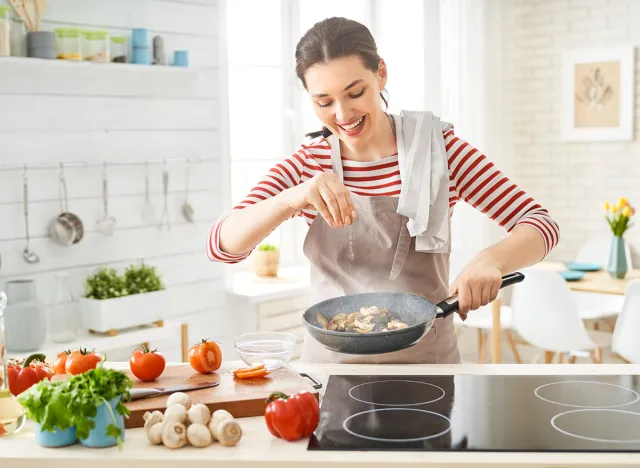
Cooking can be a task or a chore, but it can be fun if you try new recipes or cook with family. You are in control of what you cook so that you can manage your diet more closely.
RELATED: 5 High-Protein Breakfast Foods, According to a Dietitian
Find a Fitness Class You Love
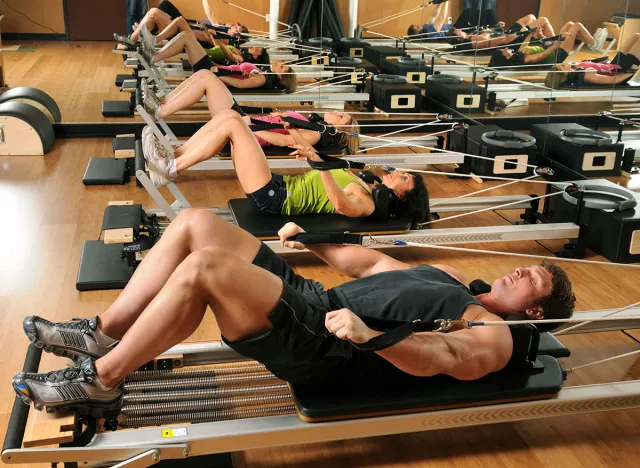
New activities can be tough, so try different fitness classes. Consider yoga, Pilates, strength training classes, water aerobics, cycling classes, Tai Chi, dance classes, and functional fitness
Try New Foods
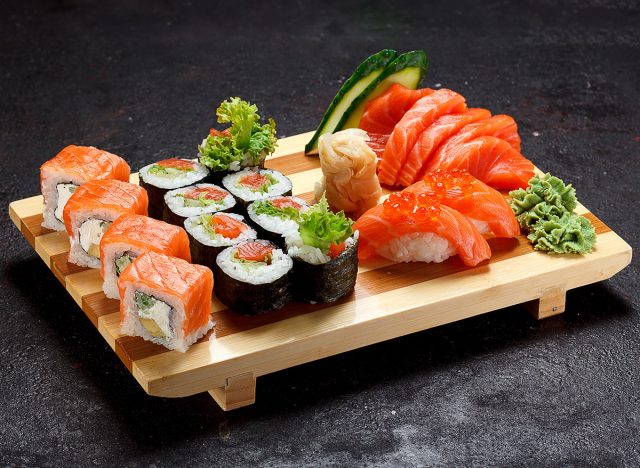
People always eat the same foods, especially when managing their diet. It is okay to branch out and try new things. The variety of foods will keep you excited.
Create New Hobbies
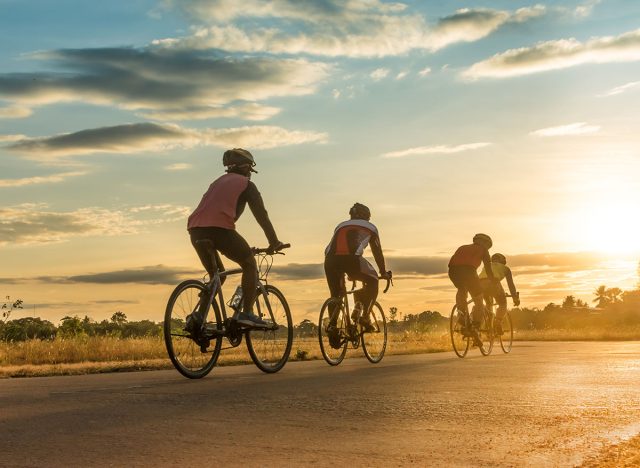
Create new hobbies with your partner and family friends. Think of things you can do with friends and family that are beyond going out to eat and drink. How about a walk around the neighborhood or a bike ride? Create moments that are more interactive and less sedentary.
Take Up a New Activity

You are never too old to try new things. Pickleball is all the rage. Why not give it a try? Maybe that isn't for you but bowling or gardening. All things get you moving, so it is good for you.
RELATED: Alexia Clark in Crop Top Reveals Top "Booty" Bodyweight Exercises with the Most "Burn"
Join a Club
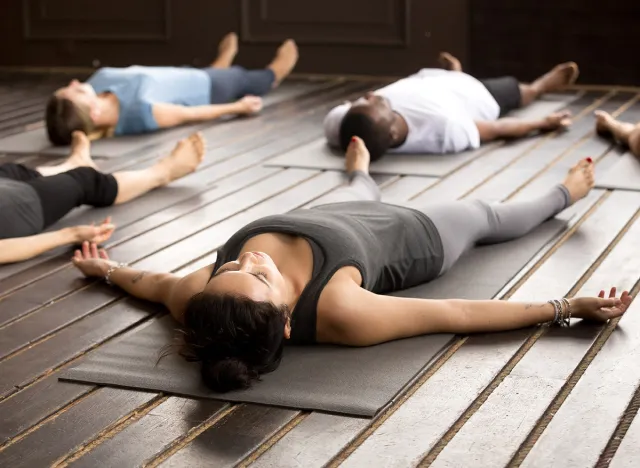
Clubs are a great way to be healthy and to make new friends. Not all clubs are book clubs; you can join yoga, walking, or tennis clubs. It is also a great way to learn something new.
Set a Goal

Set a goal like walking or running a race. Having a goal to look forward to keeps you on track and gives you something to look forward to.
Travel More

Traveling is great for the mind and soul. It brings joy and happiness. It adds an element if surprise and allows you to try new things.
Sanitize Your Friends List

You must make sure you spend time with people who bring value to your life and make you happy. If they don't, it is okay to walk away.
RELATED: 10 Fitness Myths and the Truth Behind Them
Feed Your Brain

Listen to more podcasts – feed your brain. Just like you exercise your body, you must continue exercising your brain. So many free inspirational podcasts are available to help fill your happiness cup. One I am enjoying lately is The Gratitudeology Podcast by Jamie Hess.
💪🔥Body Booster: Start with 2-3 days of weight or strength training and 3-4 days of cardio for 20-30 minutes of moderate activity.
Denise Vitola is an ACE-certified fitness instructor, a spin instructor, and a health and wellness coach.




